Carbide plate thickness is an essential factor in various industrial applications, offering exceptional strength, wear resistance, and durability. Whether you’re a seasoned professional or a newcomer exploring 카바이드 플레이트, this guide will delve into every detail, from raw materials to selecting the best supplier. Ready to dive in? Let’s go!
What is Carbide Plate Thickness?
Carbide plates are engineered materials made of tungsten carbide powders combined with a binder metal like cobalt. These plates are widely used across industries like machining, mining, and tool manufacturing. The thickness of a carbide plate significantly impacts its performance, dictating its strength, durability, and suitability for specific applications.
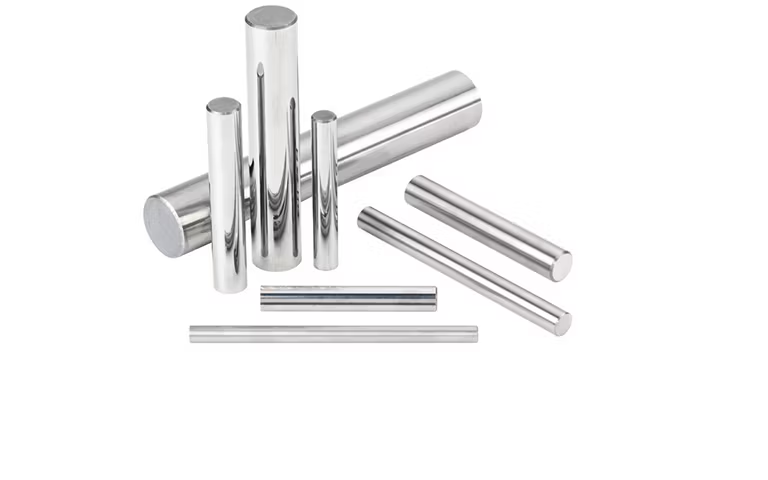
Types of Carbide Plate Thickness
| 유형 | Thickness Range (mm) | 일반 애플리케이션 |
|---|---|---|
| Ultra-Thin Plates | 0.5 – 1.0 | Precision tools, watches |
| 얇은 판 | 1.1 – 3.0 | Cutting tools, wear plates |
| 표준 플레이트 | 3.1 – 10.0 | Mining, industrial tooling |
| 두꺼운 플레이트 | 10.1 – 25.0 | Heavy-duty machinery |
| Ultra-Thick Plates | 25.1 – 50.0+ | Structural reinforcements |
원료 및 성분 분석
카바이드 플레이트 are primarily made from tungsten carbide (WC) and a binder metal like cobalt (Co). The mixture typically contains:
- Tungsten Carbide (70%-97%): 경도와 내마모성을 제공합니다.
- Cobalt (3%-30%): Acts as a binder, adding toughness and flexibility.
- 기타 첨가제: Titanium carbide (TiC) or tantalum carbide (TaC) for specific properties like corrosion resistance.
This blend ensures carbide plates have the perfect balance of hardness, toughness, and performance longevity.
Applications of Carbide Plate Thickness
| 애플리케이션 | 산업 | Benefits of Specific Thickness |
|---|---|---|
| 절단 도구 | 제조 | Precision, wear resistance |
| Dies and Molds | 자동차 | Durability under high stress |
| 마모 부품 | 마이닝 | Resistance to abrasion and impact |
| Structural Components | 건설 | Strength for load-bearing applications |
| 정밀 기기 | 항공우주 | Minimal deformation, high accuracy |

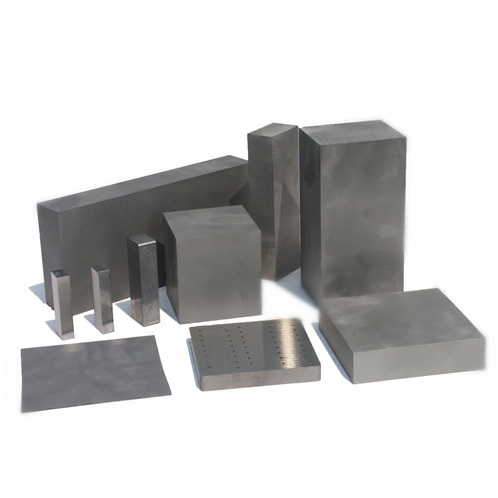

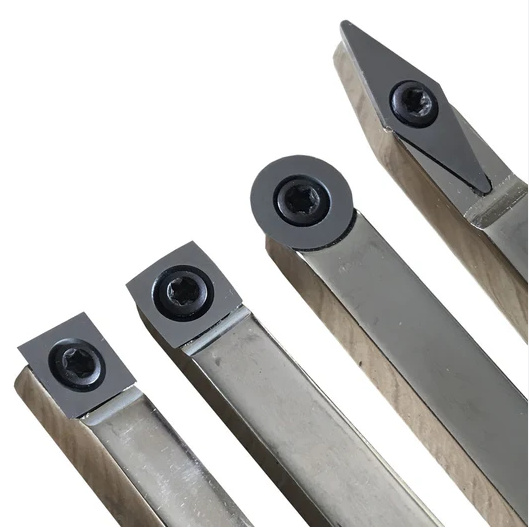
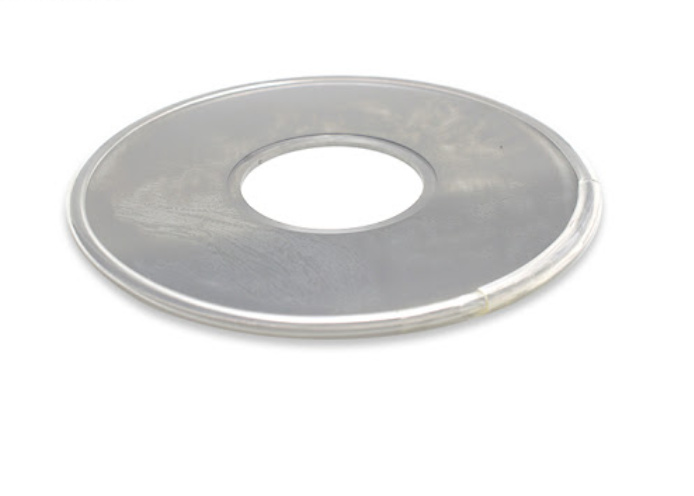
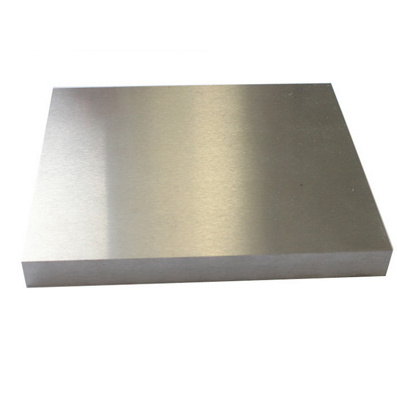
Production Process Flow of Carbide Plate Thickness
Creating 카바이드 플레이트 is a meticulous process that involves several steps:
- 분말 혼합: Tungsten carbide powder is mixed with a binder (cobalt) and other additives.
- 누르기: The powder mixture is compressed into the desired shape and thickness.
- 소결: The pressed plates are heated at high temperatures to achieve density and strength.
- 표면 마감: Grinding and polishing improve the plate’s surface for enhanced performance.
- 품질 테스트: Plates are tested for hardness, strength, and dimensional accuracy.
Material Properties of Carbide Plate Thickness
| 속성 | 설명 |
|---|---|
| 경도 | High resistance to deformation |
| 내마모성 | Exceptional durability against friction |
| 압축 강도 | Handles high pressure and stress loads |
| 열 전도성 | 효율적인 열 방출 |
| 내식성 | Resistant to chemical attacks |
구성, 속성 및 특성
| 구성 | 속성 | 특성 |
|---|---|---|
| WC + Co (High WC) | 극한의 경도 | Ideal for wear parts |
| WC + Co (High Co) | 인성 향상 | Suitable for heavy impacts |
| WC + TiC/TaC | 내식성 | Great for chemical environments |
| Fine-Grain WC | 향상된 표면 마감 | Used in precision tooling |
| 거친 입자 화장실 | 뛰어난 내마모성 | 고강도 애플리케이션에 사용 |
경도, 강도 및 내마모성
| 매개변수 | 범위 | 두께와의 관련성 |
|---|---|---|
| 경도(HRA) | 85 – 93 | 두께가 높을수록 경도가 낮아지는 경우가 많습니다. |
| 압축 강도 | 2000 - 4000 MPa | 플레이트 두께에 정비례 |
| 내마모성 | 우수 | 모든 두께 범위에서 일관성 유지 |
사양, 크기, 모양 및 표준
| 사양 | 세부 정보 |
|---|---|
| 표준 크기 | 100×100mm, 200×200mm, 맞춤형 |
| 도형 | 정사각형, 직사각형, 원형 |
| 두께 허용 오차 | ±0.1 mm |
| 표준 | ISO 9001, ASTM, DIN 표준 |
초경 판 두께 공급업체 선택 및 가격 세부 정보
| 팩터 | 세부 정보 |
|---|---|
| 공급업체 평판 | ISO 인증, 높은 고객 평가 보장 |
| 가격 구조 | 두께, 구성 및 사용자 지정에 따라 |
| 배송 시간 | 표준 및 맞춤 주문에 대한 빠른 처리 |
| 추가 서비스 | 연마, 연마 및 디자인 지원 |
올바른 카바이드 플레이트 두께 선택
| 기준 | 권장 조치 |
|---|---|
| 애플리케이션 유형 | 사용 목적에 맞게 두께 맞추기 |
| 내마모성 요구 사항 | 높은 화장실 콘텐츠 선택 |
| 내충격성 | 더 높은 Co 콘텐츠 선택 |
| 정밀도 요구 사항 | 미세 입자 카바이드 플레이트 사용 |
| 예산 제약 | 성능과 비용 간의 균형 |
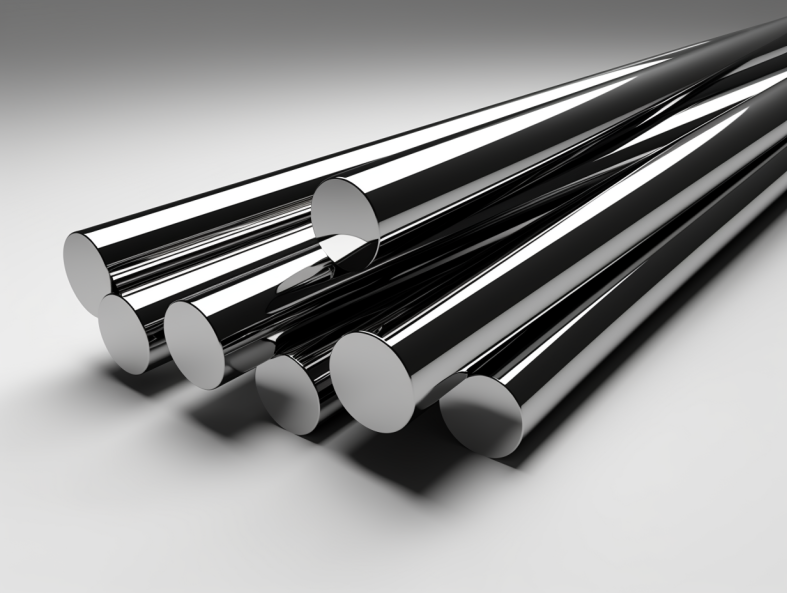
카바이드 판 두께의 장점과 한계
| 장점 | 제한 사항 |
|---|---|
| 높은 경도 및 내마모성 | 다른 재료에 비해 비싸다 |
| 긴 서비스 수명 | 특수 공구 없이는 가공하기 어려움 |
| 다양한 애플리케이션 | 두꺼운 사이즈일수록 무겁습니다. |
| 뛰어난 열 안정성 | 특정 애플리케이션에서 제한된 유연성 |
자주 묻는 질문
| 질문 | 답변 |
|---|---|
| 절삭 공구의 이상적인 두께는 얼마입니까? | 일반적으로 애플리케이션에 따라 1.1-3.0mm입니다. |
| 최고의 공급업체를 선택하려면 어떻게 해야 하나요? | 인증, 고객 리뷰 및 사용자 지정 옵션을 찾아보세요. |
| 카바이드 플레이트를 맞춤 제작할 수 있나요? | 예, 대부분의 공급업체는 맞춤형 두께, 크기 및 모양을 제공합니다. |
| 두꺼운 판이 항상 더 좋은가요? | 반드시 그런 것은 아니며 애플리케이션과 성능 요구 사항에 따라 다릅니다. |
| 카바이드 플레이트는 어떻게 관리하나요? | 정기적으로 청소하고, 독한 화학 물질을 피하고, 적절한 보관을 하세요. |


